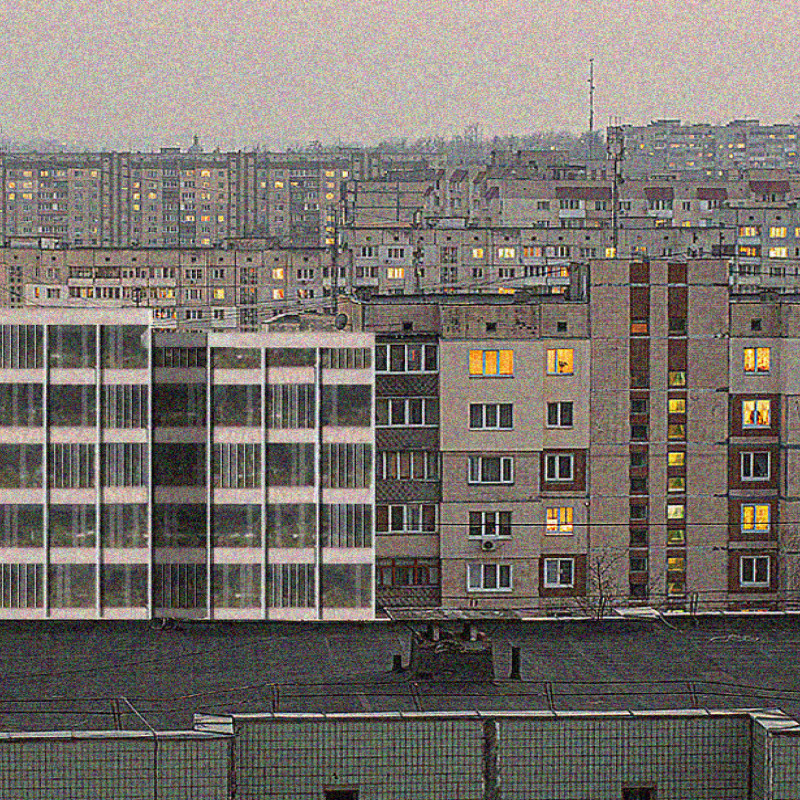5 key facts about this project
At first glance, one is drawn to the striking simplicity of the overall silhouette, characterized by clean lines and a harmonious blend of geometric shapes. The design demonstrates a clear understanding of the surrounding context, which informs the scale, proportion, and orientation of the building. This responsiveness to its site enhances the project's relevance within the existing architectural fabric and landscape, allowing it to coexist effortlessly with its surroundings.
Materiality plays a significant role in this project, showcasing a careful selection of both traditional and innovative materials. The façade is predominantly clad in locally sourced stone, establishing a connection to the area’s geological identity. This choice not only grounds the building in its locale but also speaks to a commitment to sustainability by reducing the carbon footprint associated with transportation. Additionally, areas of timber accentuate warmth, contrasting with the solidity of the stone, forging an inviting atmosphere. Large expanses of glass are strategically used throughout the design, creating a dialogue between the interior spaces and the environment, while allowing for abundant natural light to permeate the interiors. Such transparency fosters a sense of openness and connectivity, inviting users to appreciate the landscape beyond.
The layout of the building is thoughtfully organized to facilitate movement and accessibility. The inclusion of open-concept spaces encourages flow and flexibility, accommodating a variety of uses, from communal gatherings to private meetings. This adaptability is augmented by movable partitions that allow for customizable spaces, demonstrating a forward-thinking approach to modern design needs. The design embraces the principles of universal design, ensuring that the building is accessible to all, reflecting a commitment to inclusivity.
Unique design approaches manifest in the integration of sustainable practices throughout the project. The incorporation of green roofs not only enhances biodiversity but also acts as natural insulation, contributing to the building’s overall energy efficiency. Rainwater harvesting systems and solar panels are seamlessly integrated into the design, illustrating a holistic view of resource management. Through these methods, the project highlights the potential for architecture to play a proactive role in addressing environmental challenges.
The interplay of indoor and outdoor spaces is another notable feature. Thoughtfully designed terraces and courtyards serve as extensions of the interior, offering users spaces for relaxation and recreation while fostering a connection to nature. These transitional areas are equipped with seating and landscaping that encourage community engagement, further reinforcing the project’s role as a social hub.
Moreover, the careful attention to acoustics within the building demonstrates an awareness of the sensory experiences of its users. The materials used in interior finishes are selected not just for their aesthetic qualities but also for their ability to absorb sound, ensuring a comfortable acoustic environment that enhances focus and interaction.
As one delves deeper into this architectural project, it becomes evident that every detail has been meticulously considered, from the initial conceptual sketches to the final implementation stages. This project stands as a testament to the evolving narrative of architecture that embraces both innovation and tradition, presenting a model for future developments.
For those interested in exploring this project further, reviewing its architectural plans, sections, and design elements will provide invaluable insights into its complexities and nuances. The careful orchestration of space, materiality, and sustainability presents an opportunity to appreciate the thoughtful layering of ideas that define this architectural work. Engaging with the full presentation will enrich one's understanding of how architecture can respond sensitively to both its environment and the needs of the community it serves.


 Diana Morozova,
Diana Morozova,  Emily Lensin
Emily Lensin 





















